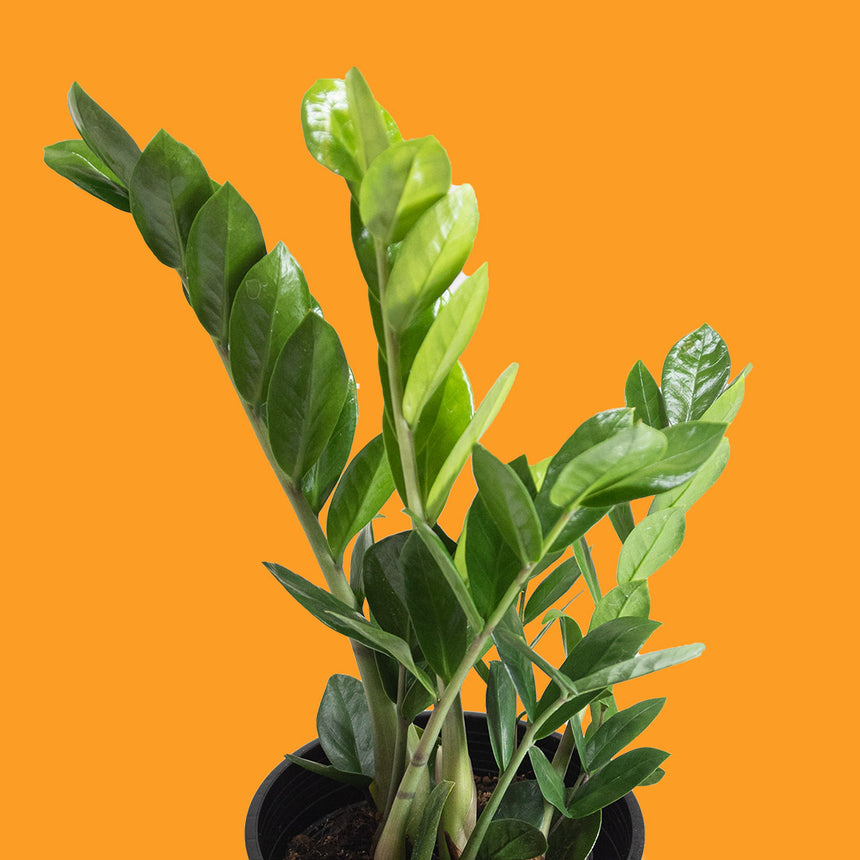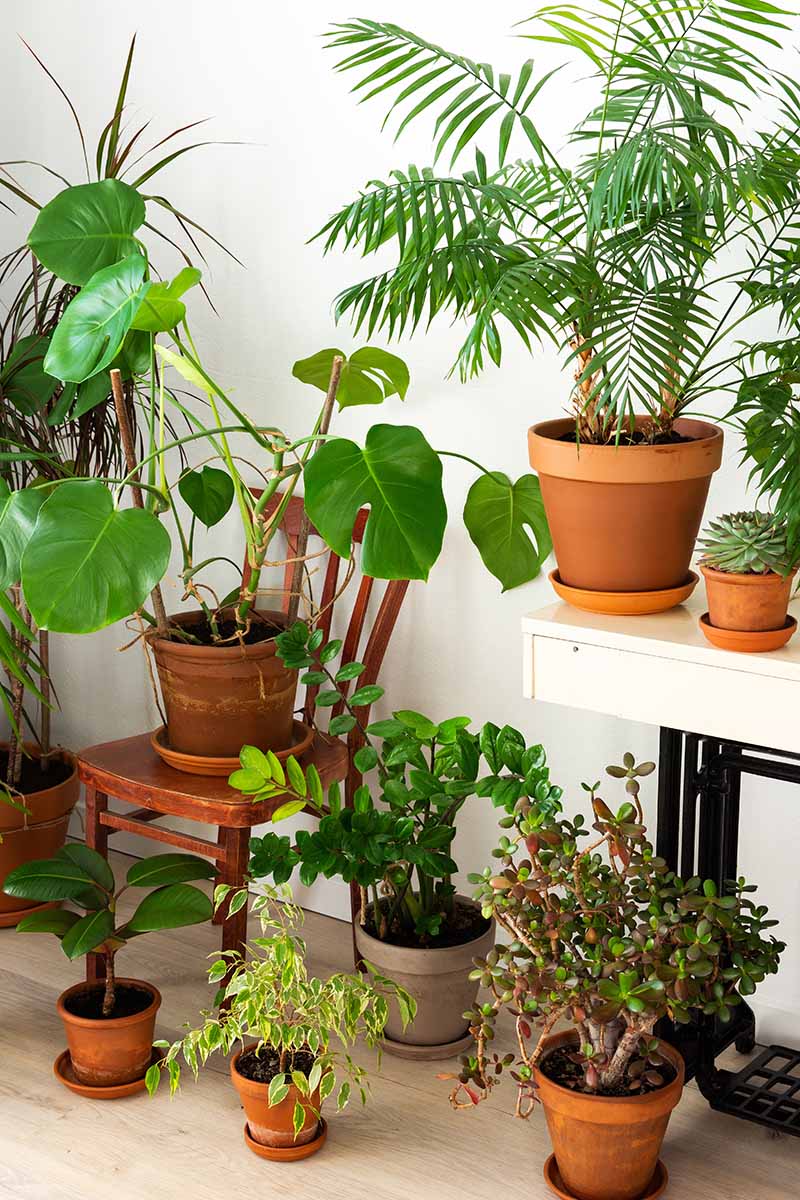The Best Low-Light Indoor Plants to Improve Your Home’s Air Quality
The Best Low-Light Indoor Plants to Improve Your Home’s Air Quality
Blog Article
Transform Your Home With Beautiful Low-Light Indoor Plants and Their Advantages
Integrating low-light interior plants right into your home can dramatically enhance both the aesthetic and environmental high quality of your home. These plants, which prosper in dark conditions, serve not only as decorative aspects however additionally as all-natural air cleansers, making them optimal for urban dwellers or those with limited sunshine direct exposure. As we discover the different sorts of low-light plants and their advantages, you may locate surprising means to integrate them right into your home that can change your surroundings in methods you may not have prepared for.
Benefits of Low-Light Plants
Low-light plants supply countless benefits for indoor environments, making them a superb option for both novice and skilled gardeners. Among the key benefits is their versatility to low-light conditions, allowing people to boost their living rooms without the requirement for considerable sunlight direct exposure. This characteristic makes them perfect for houses, workplaces, and other areas with limited all-natural light.

Furthermore, incorporating low-light plants right into home décor can raise the visual allure of an area. Their lavish vegetation and differed structures create a calming atmosphere, adding to total health. Finally, the presence of greenery has been linked to lowered stress and anxiety degrees and enhanced productivity, making low-light plants a useful choice for boosting both psychological and physical wellness in interior settings.
Top Low-Light Indoor Plants
While many interior plants flourish in intense light, several species are particularly fit for low-light problems, making them perfect for different interior spaces. One popular option is the Snake Plant (Sansevieria), recognized for its striking upright leaves and strength, calling for marginal treatment. One more outstanding choice is the Pothos (Epipremnum aureum), which includes heart-shaped fallen leaves and can track wonderfully from wall mounts or racks, flourishing in low light and adding a rich touch.
The ZZ Plant (Zamioculcas zamiifolia) is celebrated for its glossy fallen leaves and ability to hold up against forget, making it best for busy way of lives. Likewise, the Peace Lily (Spathiphyllum) not only tolerates low light however likewise creates spectacular white blooms, improving any kind of room's visual.
For an one-of-a-kind touch, take into consideration the Cast Iron Plant (Aspidistra elatior), which indeed meets its name, growing in the darkest corners of your home. The Chinese Evergreen (Aglaonema) provides a selection of leaf patterns and shades while being remarkably forgiving in low-light problems. These plants not only enhance indoor settings however additionally add to air filtration, enhancing your living room.
Care Tips for Low-Light Plants
:strip_icc()/philodendron-b37371f3-c7eb0d91eedb4946b5854c08914dc82c.jpg)
Sprinkling techniques are critical; these plants often prefer slightly dry conditions. Overwatering can result in root rot, so guarantee that the leading inch of dirt is completely dry prior to watering once more. Use pots with drainage holes to permit excess dampness to escape.
Humidity is an additional crucial factor. Several low-light plants, such as ferns and tranquility lilies, gain from higher moisture levels. To raise humidity, consider misting the fallen leaves or putting a tray of water near the plants.
Fertilization must be approached with care. During the growing period, use a watered down, balanced fluid plant food monthly to support development, yet avoid fertilizing during the dormant wintertime months.

Innovative Ways to Show Plants
Interior plants can act as fascinating centerpieces in any kind of area, enhancing both visual allure and ambiance. Creative display screens can boost the visual effect of low-light plants, making them an integral part of your home style. One effective method is to make use of tiered plant stands, which allow you to display multiple plants at varying elevations while maximizing floor space.
Hanging planters are another ingenious alternative, producing a sense of depth and drawing the eye upwards. Think about macramé hangers or wall-mounted racks read here to present a distinct structure and style.
For an extra structured method, use geometric terrariums or glass containers to house your plants, including a contemporary touch to your interior garden. You can also repurpose vintage items, such as teacups or wood cages, for a diverse display screen that mirrors your individuality.
Enhancing Home Ambiance With Plants
Incorporating low-light plants right into your home not only boosts visual charm but also contributes considerably to the general ambiance. These plants serve as natural decoration aspects, presenting a feeling of serenity that can transform any space. The visibility of plant cultivates a relaxing atmosphere, which is particularly beneficial in high-stress settings such as office or living areas.
Low-light plants, such as serpent plants, pothos, and ZZ plants, are not only aesthetically pleasing yet also boost indoor air high quality by filtering toxins. This double feature improves the setting better, creating a much healthier space (Best low-light indoor plants). The critical positioning of these plants can likewise influence the understanding of see this site room; as an example, high plants can attract the eye up, making ceilings appear greater and spaces much more sizable
Additionally, varying structures and colors of foliage add depth to interior decoration, permitting for innovative expression in home styling. Whether positioned on shelves, in edges, or as centerpieces, low-light plants can elevate the mood of any space. In recap, integrating these plants right into your home is an efficient way to promote a cozy, inviting ambience while profiting of improved air top quality and aesthetic adaptability.
Verdict
Including low-light interior plants into home atmospheres provides countless benefits, including boosted visual appeal and enhanced air high quality. These durable plants, such as the Snake Plant and Peace Lily, require minimal light and maintenance, making them suitable for varied way of livings. Their ability to filter toxins adds to a healthier home, while their diverse structures and shades enhance indoor decoration (Best low-light indoor plants). Eventually, the incorporation of low-light plants fosters a serene and welcoming ambiance, changing any kind of home right into a peaceful oasis.
While several interior plants prosper in intense light, numerous species are particularly fit for low-light problems, making them suitable for numerous indoor rooms. One efficient approach is to use tiered plant stands, which enable you to display numerous plants at varying heights while optimizing floor area.
Low-light plants, such as serpent plants, pothos, and ZZ plants, are not only aesthetically pleasing however also enhance indoor air quality by filtering system pollutants. Best low-light indoor plants. The critical placement of these plants can also influence the understanding of area; for instance, tall plants can attract the eye upward, making ceilings appear higher and areas extra sizable
These resistant plants, such as the Serpent Plant and Peace Lily, call for very little light and maintenance, making them appropriate for diverse way of lives.
Report this page